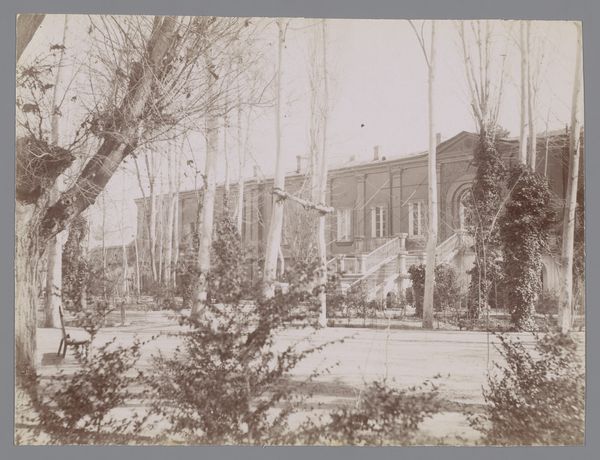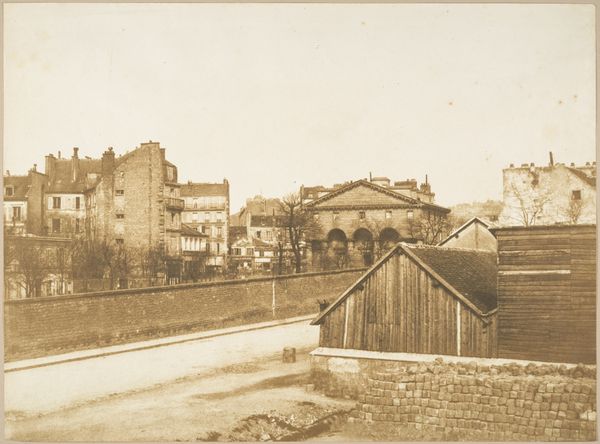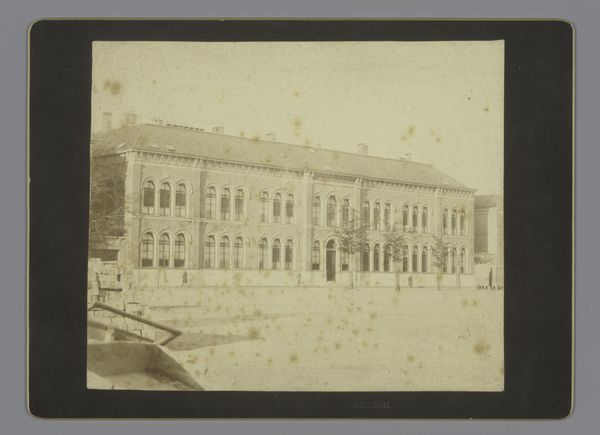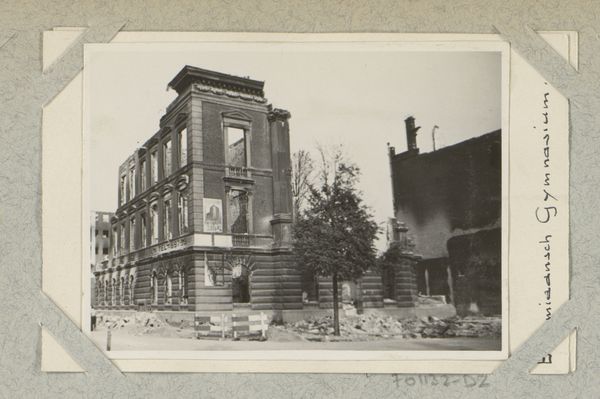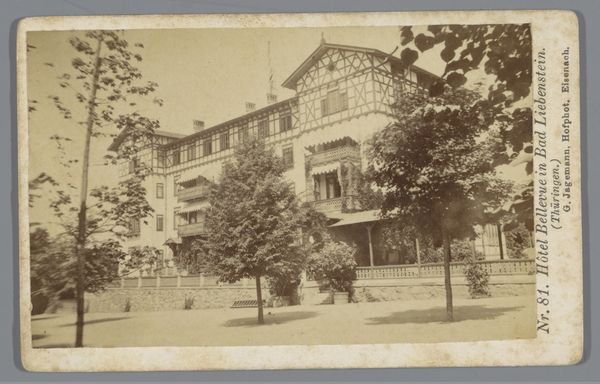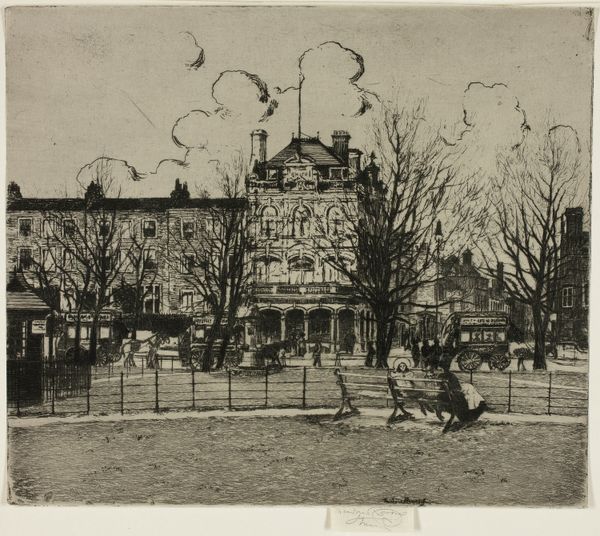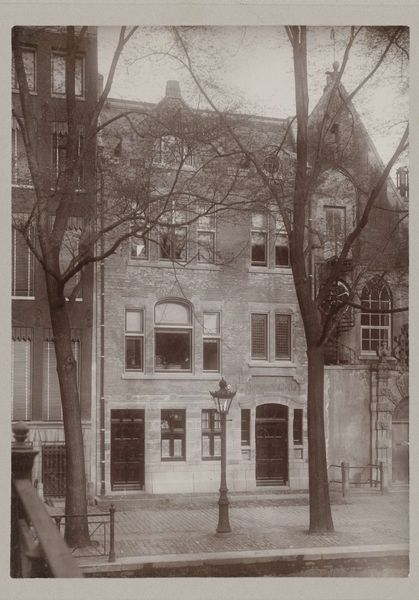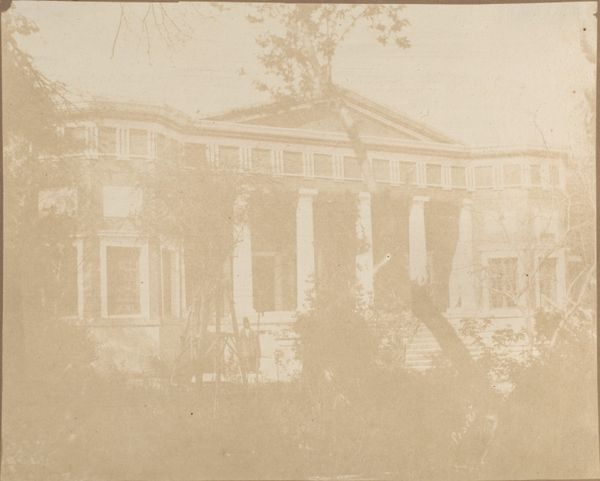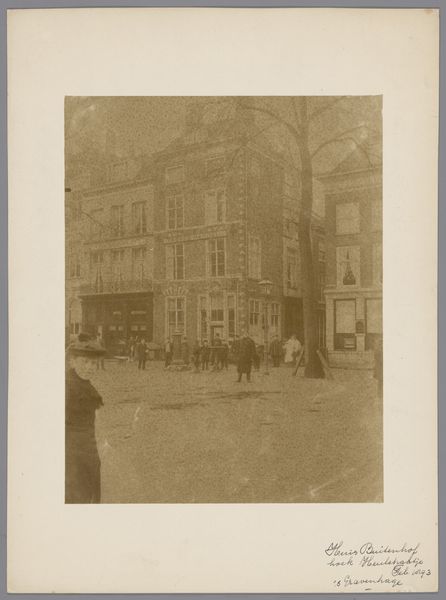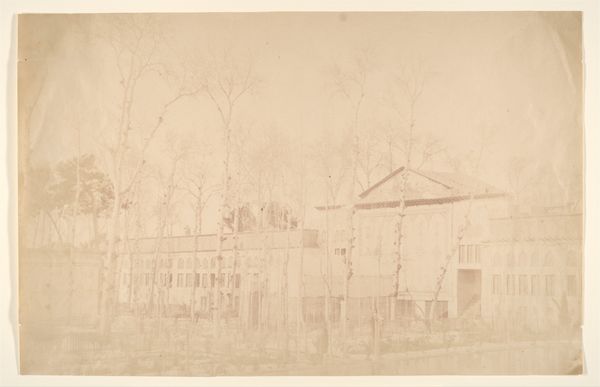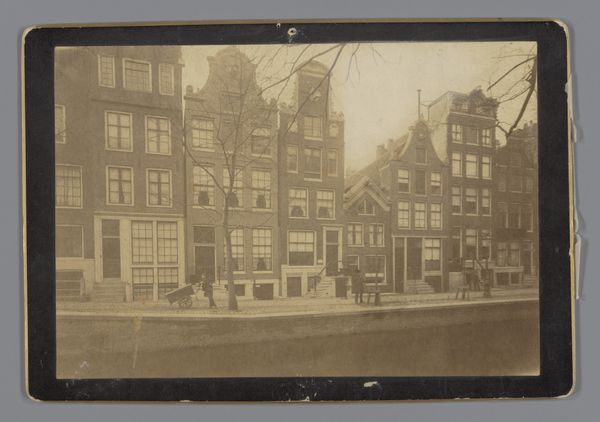![[Palace of the Shah] by Luigi Pesce](/_next/image?url=https%3A%2F%2Fd2w8kbdekdi1gv.cloudfront.net%2FeyJidWNrZXQiOiAiYXJ0ZXJhLWltYWdlcy1idWNrZXQiLCAia2V5IjogImFydHdvcmtzLzNiYmVmYTlkLWFkYTQtNDk4ZC1hNzg3LTMzNDZkM2MyZWM1OC8zYmJlZmE5ZC1hZGE0LTQ5OGQtYTc4Ny0zMzQ2ZDNjMmVjNThfZnVsbC5qcGciLCAiZWRpdHMiOiB7InJlc2l6ZSI6IHsid2lkdGgiOiAxOTIwLCAiaGVpZ2h0IjogMTkyMCwgImZpdCI6ICJpbnNpZGUifX19&w=3840&q=75)
daguerreotype, photography, architecture
landscape
daguerreotype
photography
orientalism
islamic-art
architecture
Copyright: Public Domain
Luigi Pesce produced this photograph of the Palace of the Shah sometime in the second half of the 19th century. It's a fascinating document of the Qajar Dynasty's engagement with European technologies and artistic conventions. Photography arrived in Persia not long after its invention in Europe, quickly embraced by the court as a tool for documentation, diplomacy, and self-presentation. Pesce, an Italian photographer, was commissioned to capture the grandeur of the Shah's residence, likely for diplomatic purposes. Note how the framing of the trees creates a picturesque, almost theatrical view of the palace. This composition reflects European aesthetic sensibilities, yet the subject is distinctly Persian, highlighting the cross-cultural exchange happening at the time. Was Pesce trying to reconcile two artistic traditions? To fully understand the photograph, historians would need to research the Qajar court's relationship with Europe, the role of photography in Persian society, and Pesce's other works. The image itself is a testament to the complex interplay of power, culture, and representation in the 19th century.
Comments
No comments
Be the first to comment and join the conversation on the ultimate creative platform.
